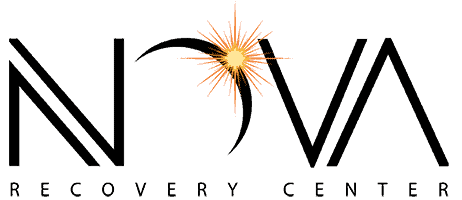Vicodin Withdrawal Symptoms, Detox, and Treatment Options
GET HELP TODAY!
100% Confidentiality Guaranteed
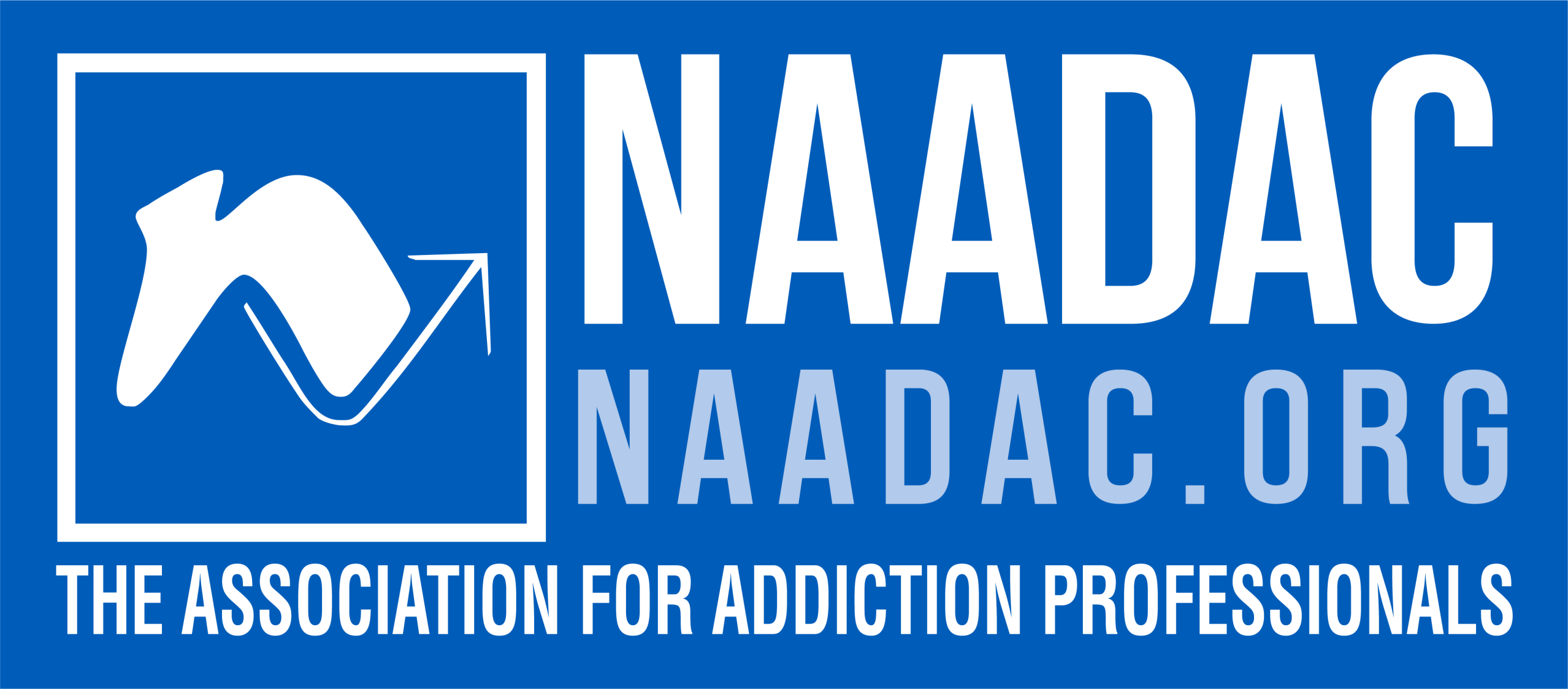
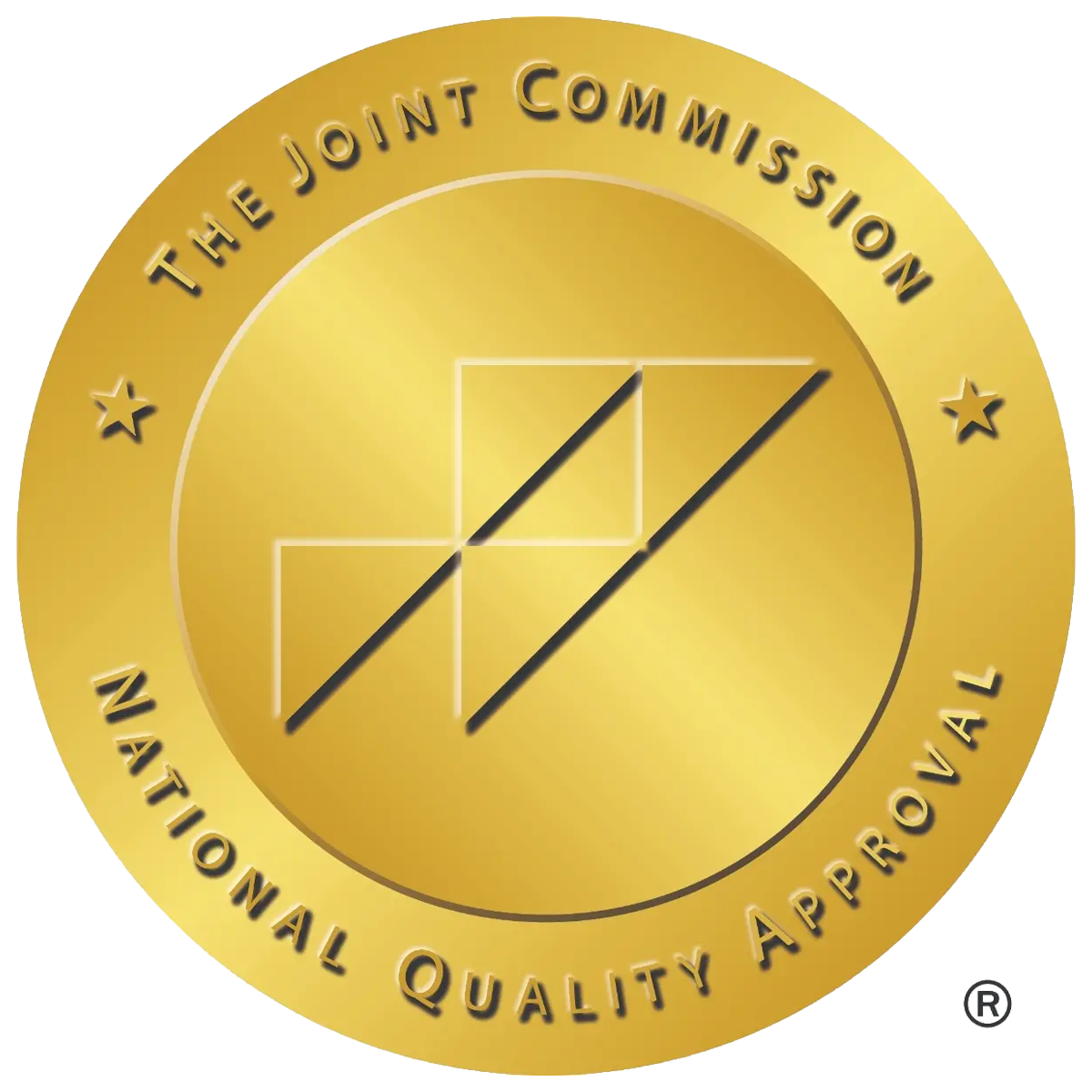
What Is Vicodin?
Vicodin is a prescription drug used to treat moderate to severe pain. It contains hydrocodone and acetaminophen. Hydrocodone is an opioid, and acetaminophen is a common over-the-counter pain reliever. This combination is effective but can also be addictive.
Doctors often prescribe Vicodin after surgery or for chronic pain. It is one of the most commonly prescribed opioid medications in the United States. However, because of its strong effects, it’s also one of the most abused.
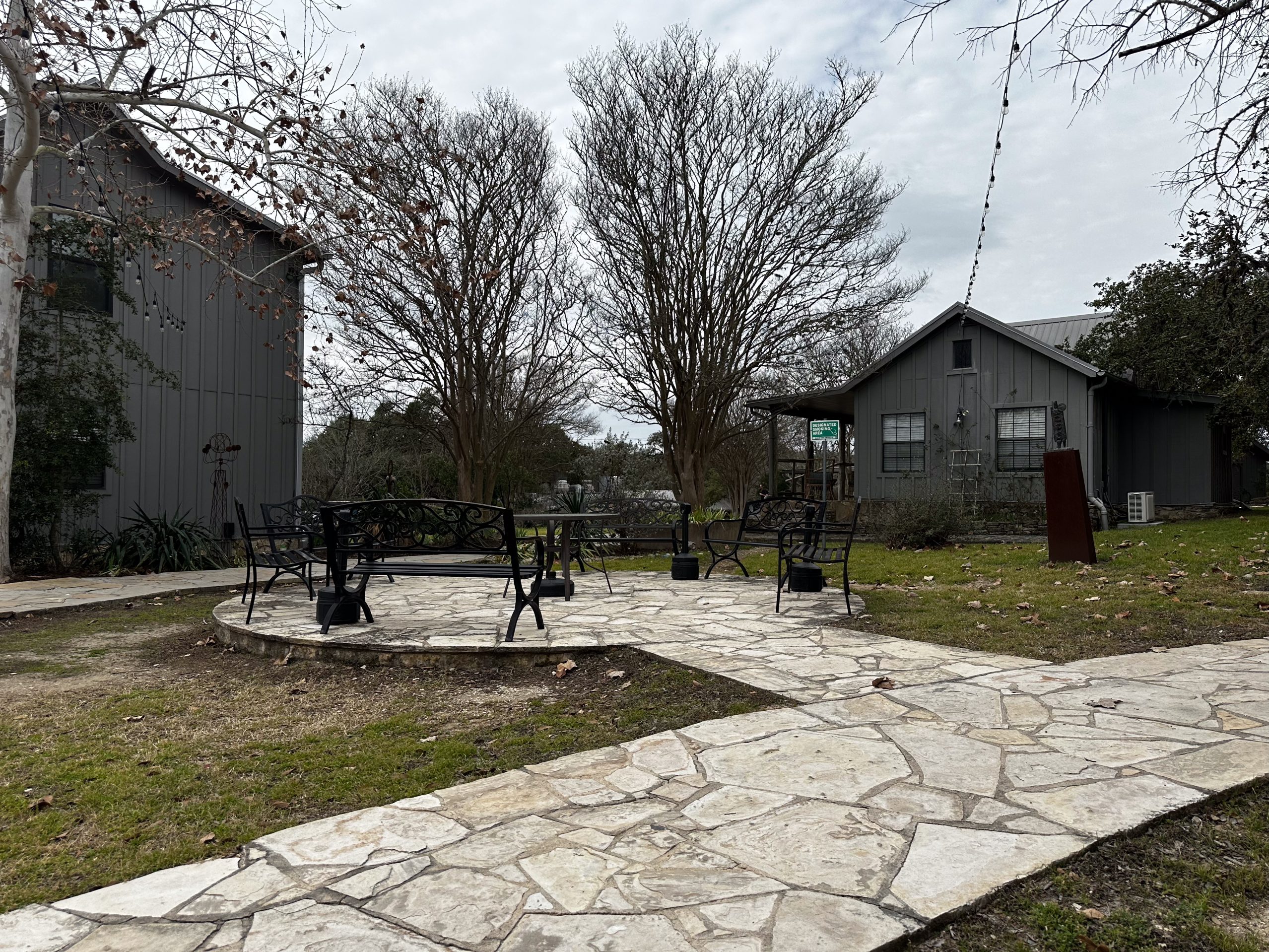
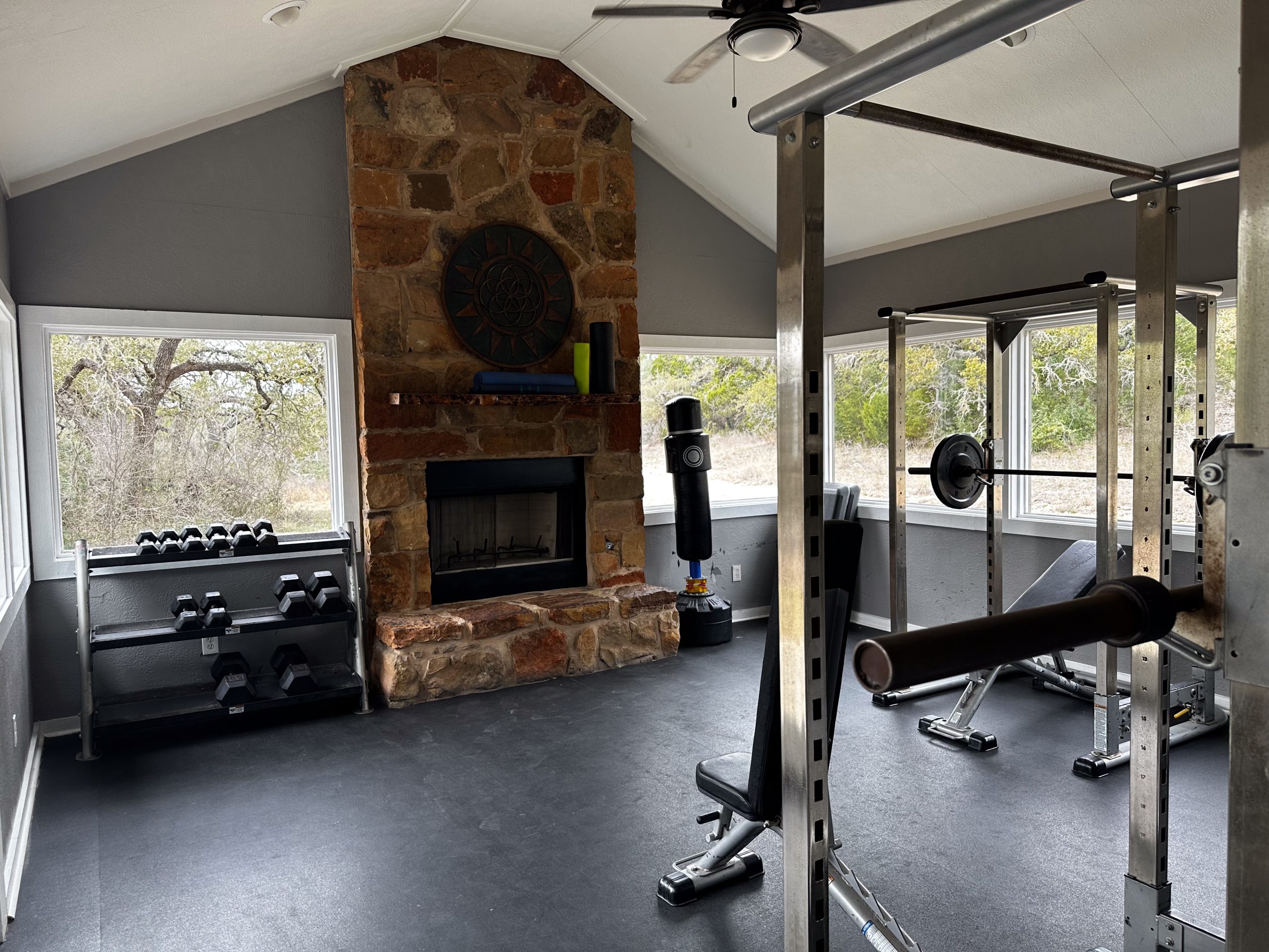
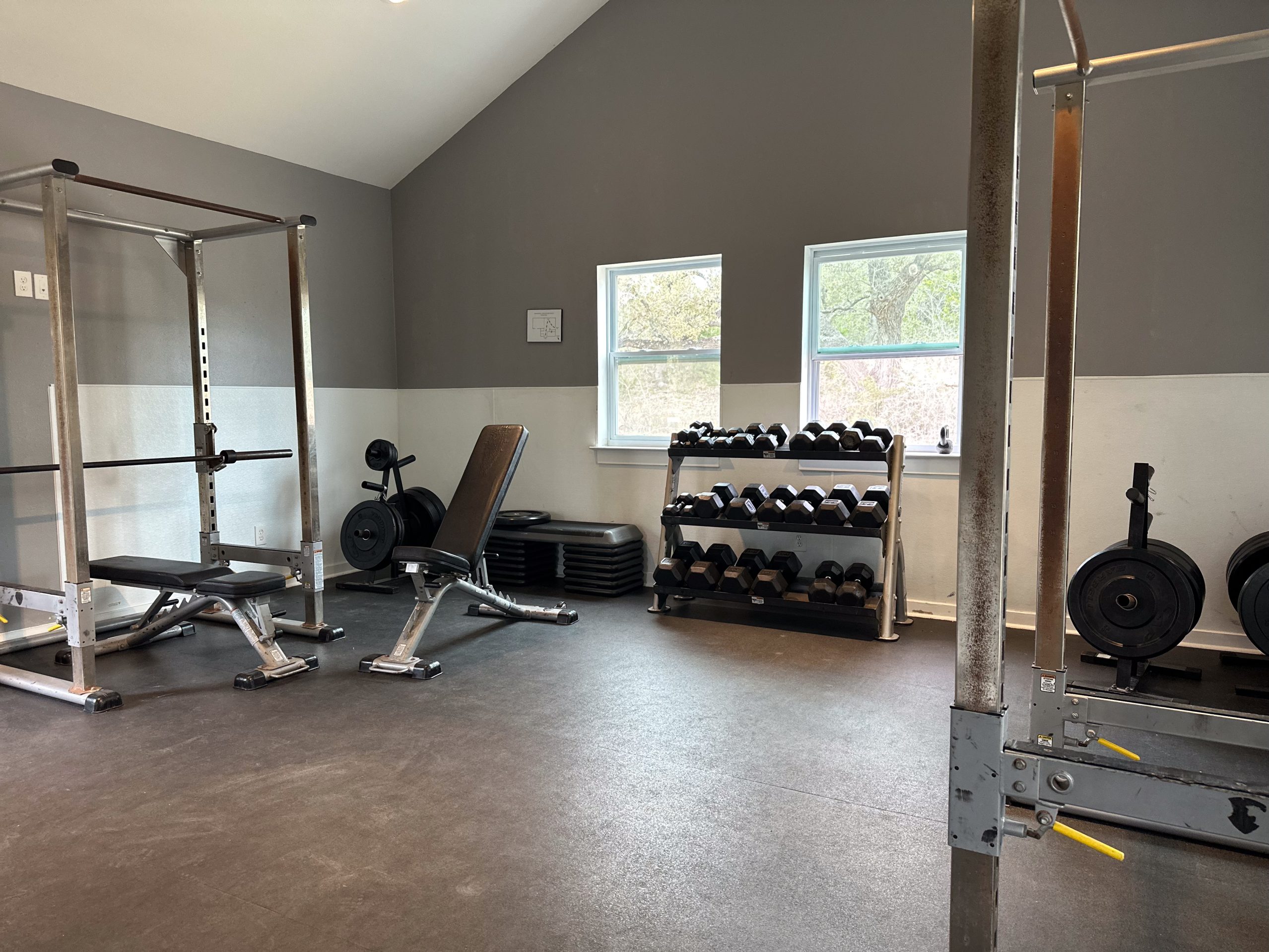
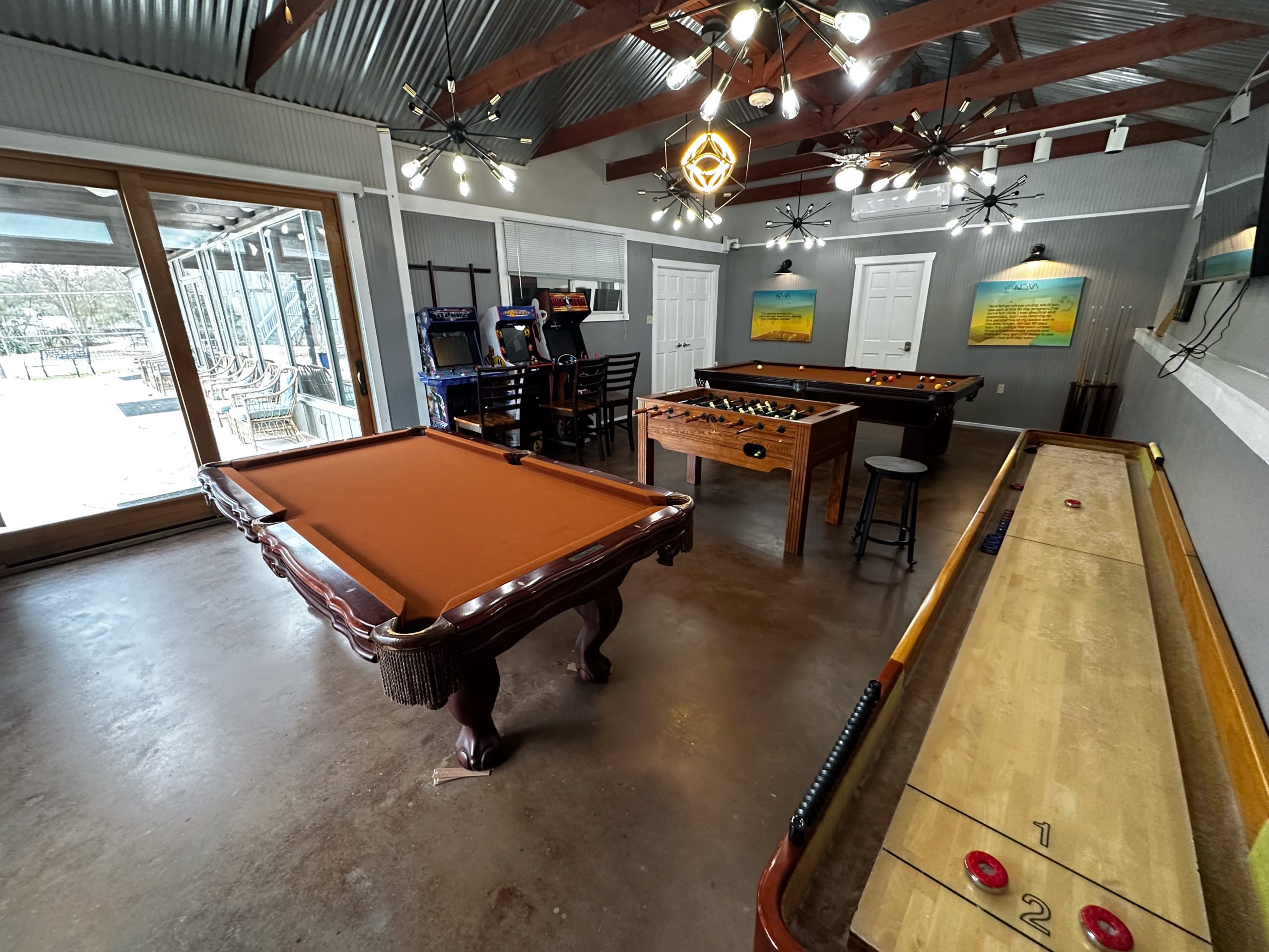
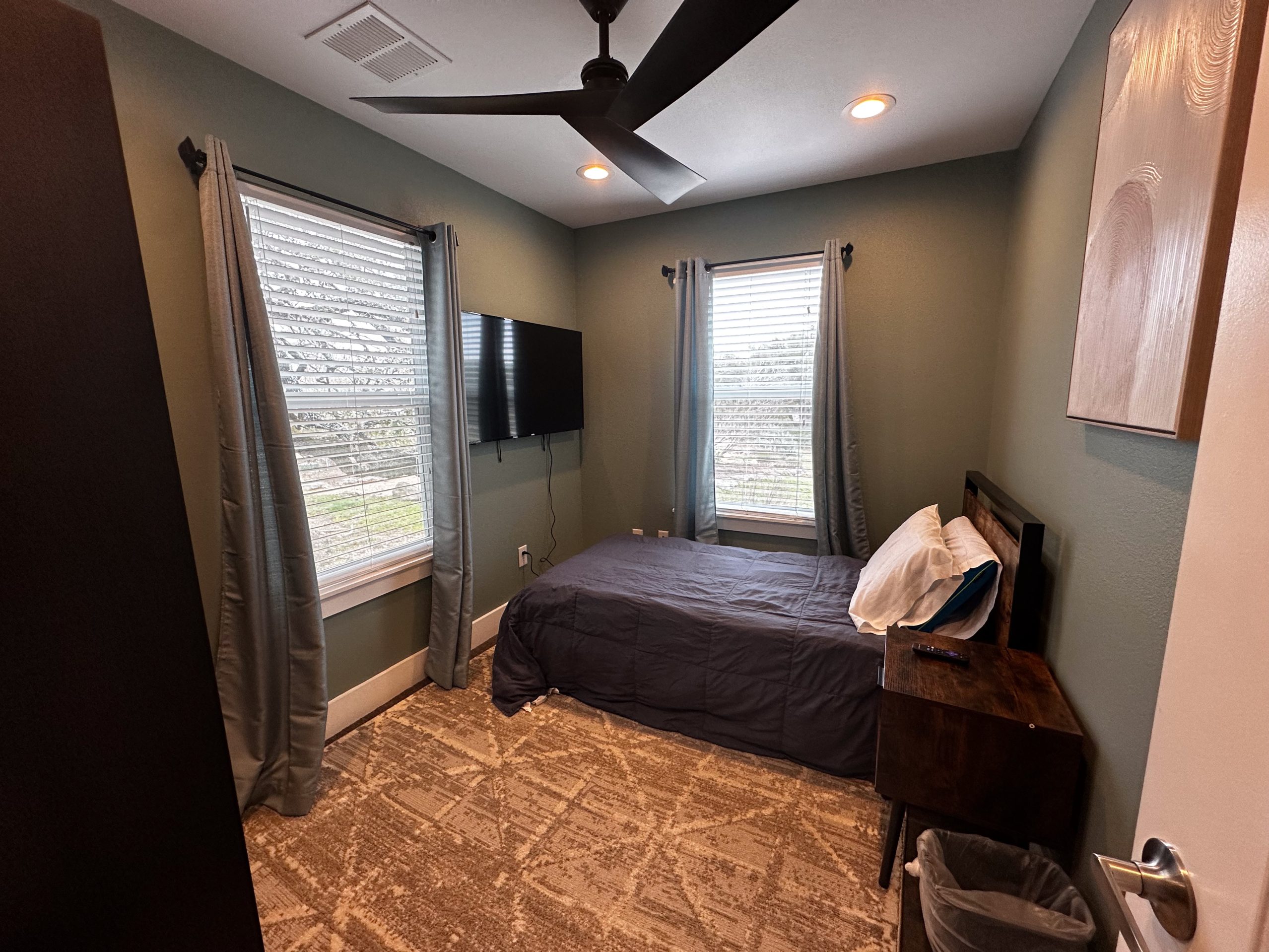

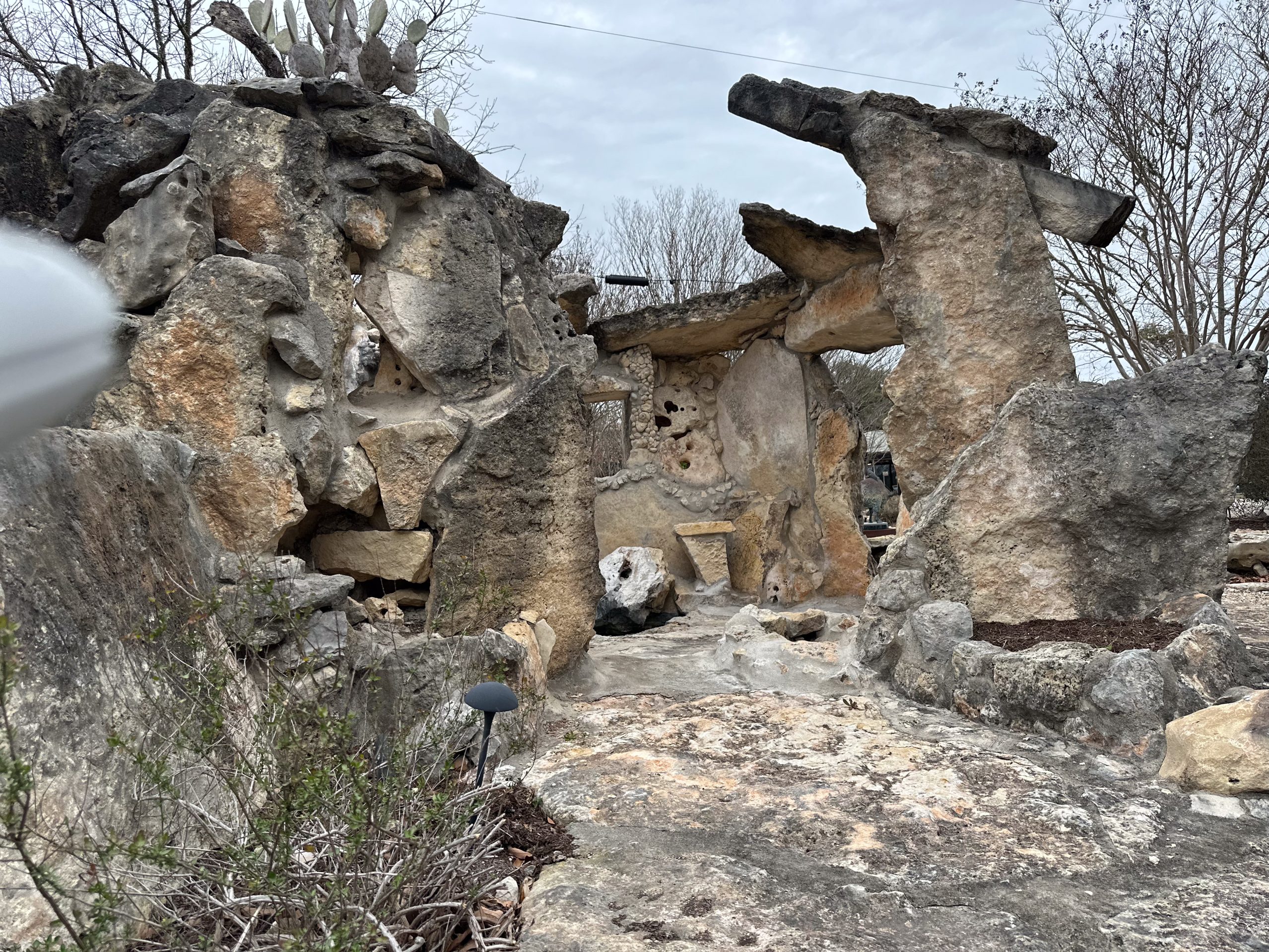
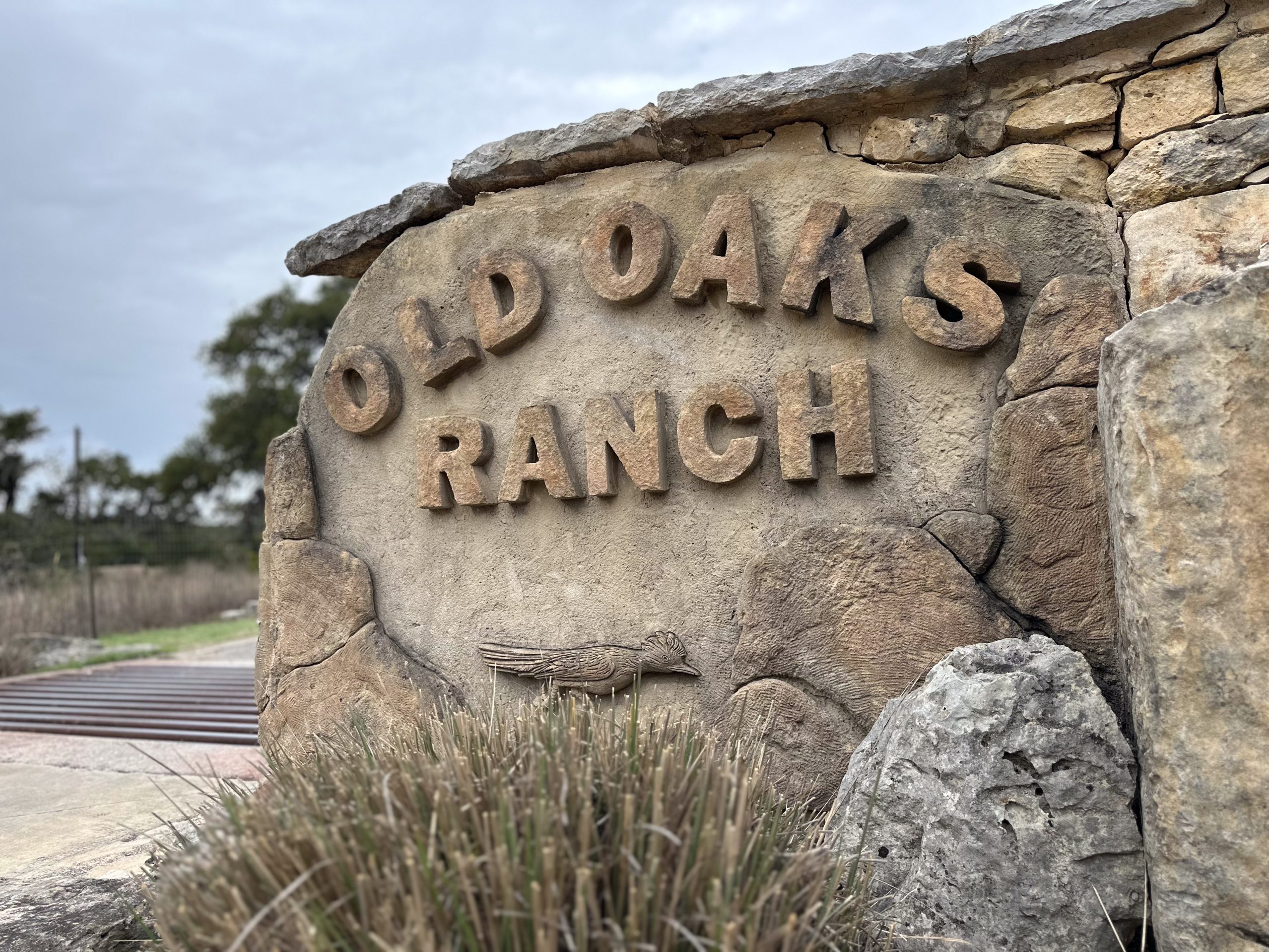
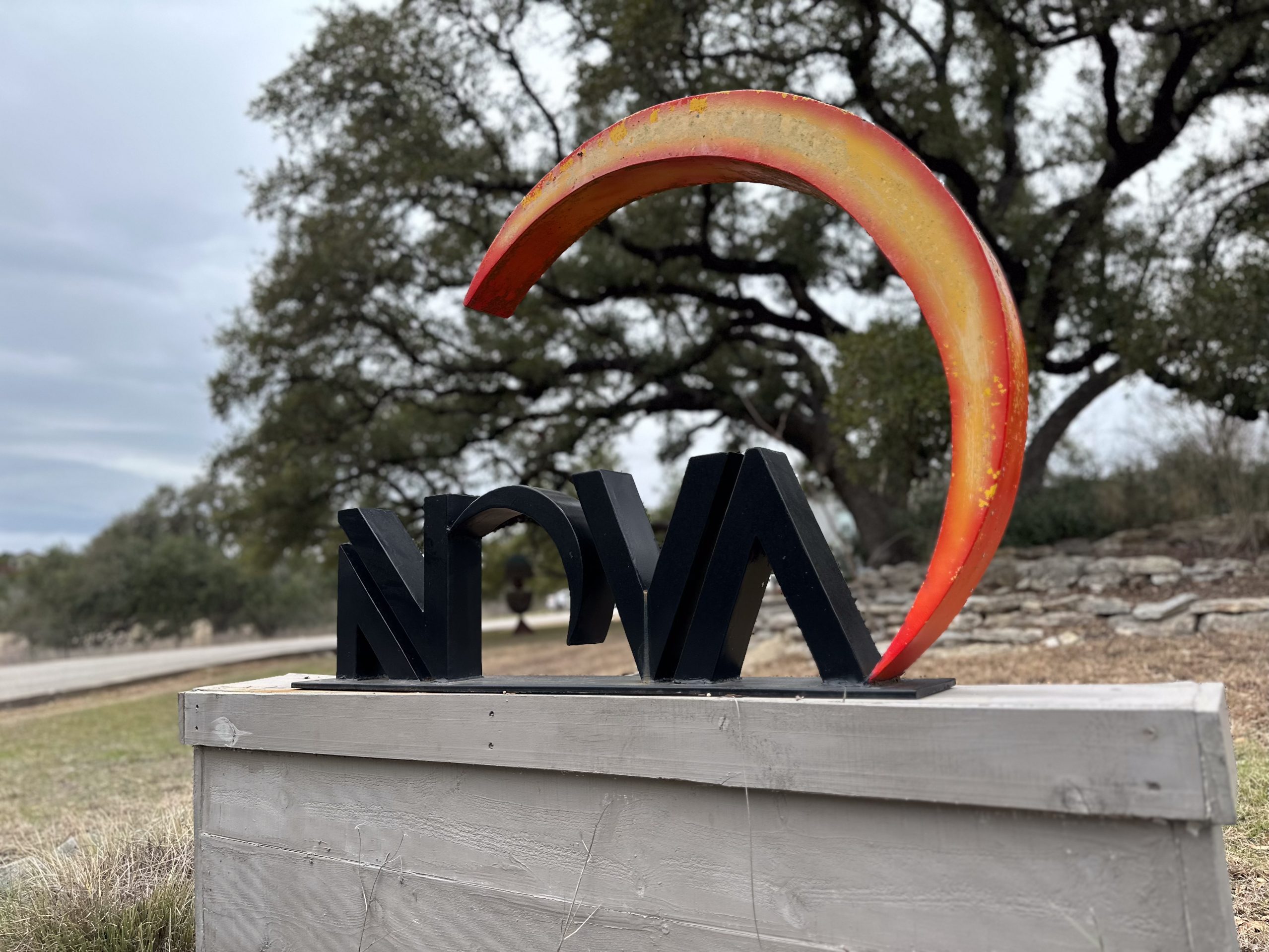
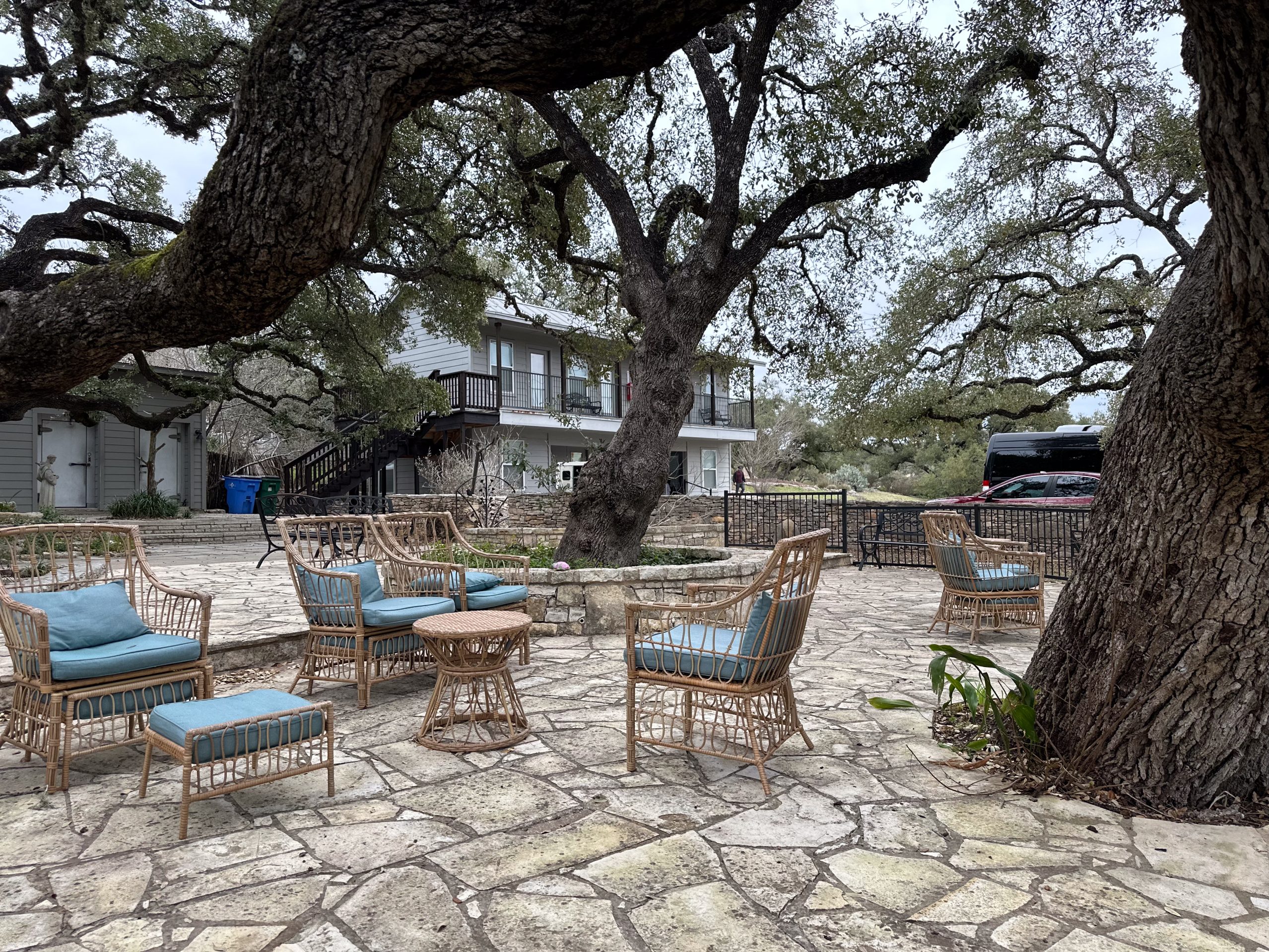
Why Is Vicodin So Addictive?
Vicodin changes how the brain senses pain. It also creates feelings of calm and euphoria. These pleasant effects make it easy for someone to take more than needed. Over time, the brain adapts, and users may need a higher dose to feel the same effects. This cycle can lead to physical dependence.
Vicodin is often misused through:
- Forged or stolen prescriptions
- Illegal online purchases
- Taking someone else’s medication
Misusing Vicodin increases the risk of addiction, overdose, and serious health problems.
Symptoms of Vicodin Addiction
Addiction affects the brain and behavior. People struggling with Vicodin may show the following signs and symptoms:
- Taking more pills than prescribed
- Using Vicodin to feel high
- Trying to stop but failing
- Neglecting responsibilities
- Pulling away from family members and friends
- Needing a higher dose for the same effect
- Continuing use despite harm
- Feeling sick without the drug
These behaviors often point to a substance use disorder. People with mental illnesses or those using other drugs or alcohol may face higher risks.
Vicodin Withdrawal Symptoms
When someone stops using Vicodin suddenly, they may feel sick. These withdrawal symptoms can begin within 6–12 hours of the last dose and often feel like flu symptoms.
Common symptoms of Vicodin withdrawal:
- Runny nose
- Muscle cramps and aches
- Chills or goosebumps
- Nausea and vomiting
- Diarrhea
- Sweating
- Insomnia
- Restlessness
- Anxiety and mood swings
- Dilated pupils
- Rapid breathing
- Fever
These symptoms are a clear sign of physical dependence. They vary from person to person and may last several days.
Post-Acute Withdrawal Symptoms (PAWS)
After the first week, some people may experience ongoing symptoms. These post-acute withdrawal symptoms can last for weeks or months. They include:
- Depression
- Trouble sleeping
- Irritability
- Anxiety
- Difficulty feeling joy
PAWS can make recovery harder without the right support.
Vicodin Withdrawal Timeline
Here’s what to expect during withdrawal:
- 6–12 hours after last dose: Early symptoms appear, often flu-like.
- 1–3 days after last dose: Symptoms peak and may feel intense.
- 5–7 days after last dose: Most physical symptoms fade, but mental symptoms may linger.
These symptoms can be managed with medical care during detox.
What Is Vicodin Detox?
Vicodin detox is the first step in treatment. A medical detox program offers a safe place to manage withdrawal. Medical professionals monitor symptoms and provide comfort.
Benefits of medical detox:
- 24/7 medical supervision
- Reduced risk of relapse
- Safer withdrawal process
- Guidance on next steps in treatment
Detox alone is not enough. It prepares the body and mind for deeper healing through therapy.
More Time. More Joy. More You. Start Now.
WE ACCEPT MOST INSURANCES







Treatment Options After Detox
Types of Vicodin rehab programs:
Inpatient treatment:
- Stay at the facility
- Daily therapy sessions
- Structured environment
- Ideal for severe addiction or co-occurring mental health conditions
Outpatient treatment program:
- Live at home
- Attend scheduled group or individual therapy
- Balance treatment with work or family responsibilities
- Good for mild to moderate addiction
Each level of care supports long term recovery. A healthcare professional can help decide which is best.
What Happens in Rehab?
Rehab focuses on healing the mind and body. Programs include:
- Individual counseling
- Group therapy
- Family therapy
- Educational sessions
- Relapse prevention planning
- Behavioral therapies like cognitive behavioral therapy (CBT)
Treatment plans are personalized. People also learn to manage emotional triggers, cravings, and stressful situations.
Some rehab centers treat co-occurring mental health conditions such as depression or PTSD. These medical conditions often fuel addiction and must be addressed together.
Sober Living Homes
After rehab, many people benefit from sober living homes. These homes offer a safe place to live with others in recovery. Residents follow rules, attend meetings, and stay drug- and alcohol-free.
Sober living programs often provide:
- Peer support
- Accountability
- Drug and alcohol testing
- Help finding work or education
- Continued access to therapy
Living homes reduce isolation and support the transition back to daily life.
Freedom Starts Here. Take Back Your Life Today.
Same-Day Admissions in Austin Available.
Aftercare and Support Groups
Aftercare programs keep people connected after rehab. These groups meet weekly and offer a space to share experiences and advice. Support groups such as 12-step programs can help people stay motivated and avoid relapse.
Family therapy is also useful. It helps repair relationships and teaches family members how to support their loved one’s recovery.
Risks of Long-Term Vicodin Abuse
Vicodin abuse over time can damage both mental and physical health. Some health problems include:
- Liver damage (from acetaminophen)
- Heart disease
- Trouble breathing
- Depression and anxiety
- Hormonal imbalance
- Brain fog and memory loss
Mixing Vicodin with alcohol or other prescription medication increases the risk of overdose.
People who misuse Vicodin are also more likely to develop an opioid use disorder. This condition affects millions of people across the United States and often requires long-term care.
When to Seek Help
If you or someone you know is struggling with Vicodin, don’t wait. Seeking treatment early improves the chances of recovery. Look for these signs:
- Using Vicodin to escape emotions
- Taking more than prescribed
- Needing it just to feel “normal”
- Isolating from others
- Feeling unwell without it
Talk to a medical professional or call a rehab center for guidance. Recovery is possible, and treatment services are available.
Paying for Treatment
Many insurance plans cover addiction treatment. Options may include:
- Health insurance
- Employee assistance programs
- Medical loans or credit cards
- Sliding scale fees
- Scholarships
The cost of care varies based on the rehab center, location, services offered, and level of care needed.
Final Words
Vicodin addiction is treatable. With the right detox program, rehab, and support, recovery is possible. You don’t have to go through it alone.
Taking the first step toward seeking treatment can change your life. Whether you need short term care or long-term support, help is available. Recovery is a journey—one you don’t have to walk alone.
Frequently Asked Questions About Vicodin, Hydrocodone, and Painkiller Use
Is Vicodin a strong painkiller?
Yes, Vicodin is considered a strong painkiller because it combines hydrocodone, a semi-synthetic opioid, with acetaminophen. This combination effectively treats moderate to severe pain but also carries a high risk of tolerance, dependence, and addiction when misused.
Why was Vicodin banned?
Vicodin was not fully banned but was reclassified by the FDA and DEA due to its high potential for abuse and addiction. In 2014, hydrocodone combination products like Vicodin were moved to Schedule II controlled substances, restricting prescriptions and refills.
What is another drug for Vicodin?
Other hydrocodone and acetaminophen combination drugs are similar to Vicodin. Brand names may vary, but alternatives include generic hydrocodone/acetaminophen or related painkillers like Norco and Lortab.
Which is stronger: hydrocodone or oxycodone?
Oxycodone is generally stronger than hydrocodone for pain relief. While both are opioids, oxycodone provides more potent analgesic effects, but it also comes with a higher risk of misuse and addiction.
Why can’t you take acetaminophen with hydrocodone?
You can, but only in controlled amounts. Hydrocodone is often combined with acetaminophen in drugs like Vicodin. However, too much acetaminophen can cause serious liver damage, so dosage limits must be carefully followed.
Is hydrocodone with acetaminophen strong?
Yes, hydrocodone with acetaminophen is considered strong because it provides dual action: opioid pain relief from hydrocodone and fever-reducing/pain-relieving effects from acetaminophen. This makes it effective but also dangerous if misused.
Is hydrocodone acetaminophen the same as Percocet?
No, they are different. Hydrocodone/acetaminophen (Vicodin, Norco, Lortab) uses hydrocodone, while Percocet combines oxycodone with acetaminophen. Both treat pain but vary in strength and risk.
What is the name for hydrocodone and acetaminophen combo?
The hydrocodone/acetaminophen combination is sold under brand names like Vicodin, Norco, and Lortab. All contain varying doses of each ingredient.
What are the strongest painkillers on prescription?
Some of the strongest prescription painkillers include fentanyl, hydromorphone (Dilaudid), and morphine. While Vicodin is powerful, these stronger opioids are usually reserved for severe or chronic pain.
Toggle What painkiller does a doctor prescribe?
Doctors prescribe painkillers based on severity. For moderate pain, hydrocodone/acetaminophen (Vicodin) may be prescribed, while more severe cases might require oxycodone, morphine, or fentanyl under strict supervision.
What are the most commonly prescribed painkillers?
Commonly prescribed painkillers include hydrocodone/acetaminophen (Vicodin, Norco, Lortab), oxycodone/acetaminophen (Percocet), and non-opioid options like ibuprofen or naproxen.
What do doctors prescribe for severe pain?
For severe pain, doctors may prescribe stronger opioids like oxycodone, morphine, hydromorphone, or fentanyl. These drugs are highly regulated due to the risk of addiction and overdose.
